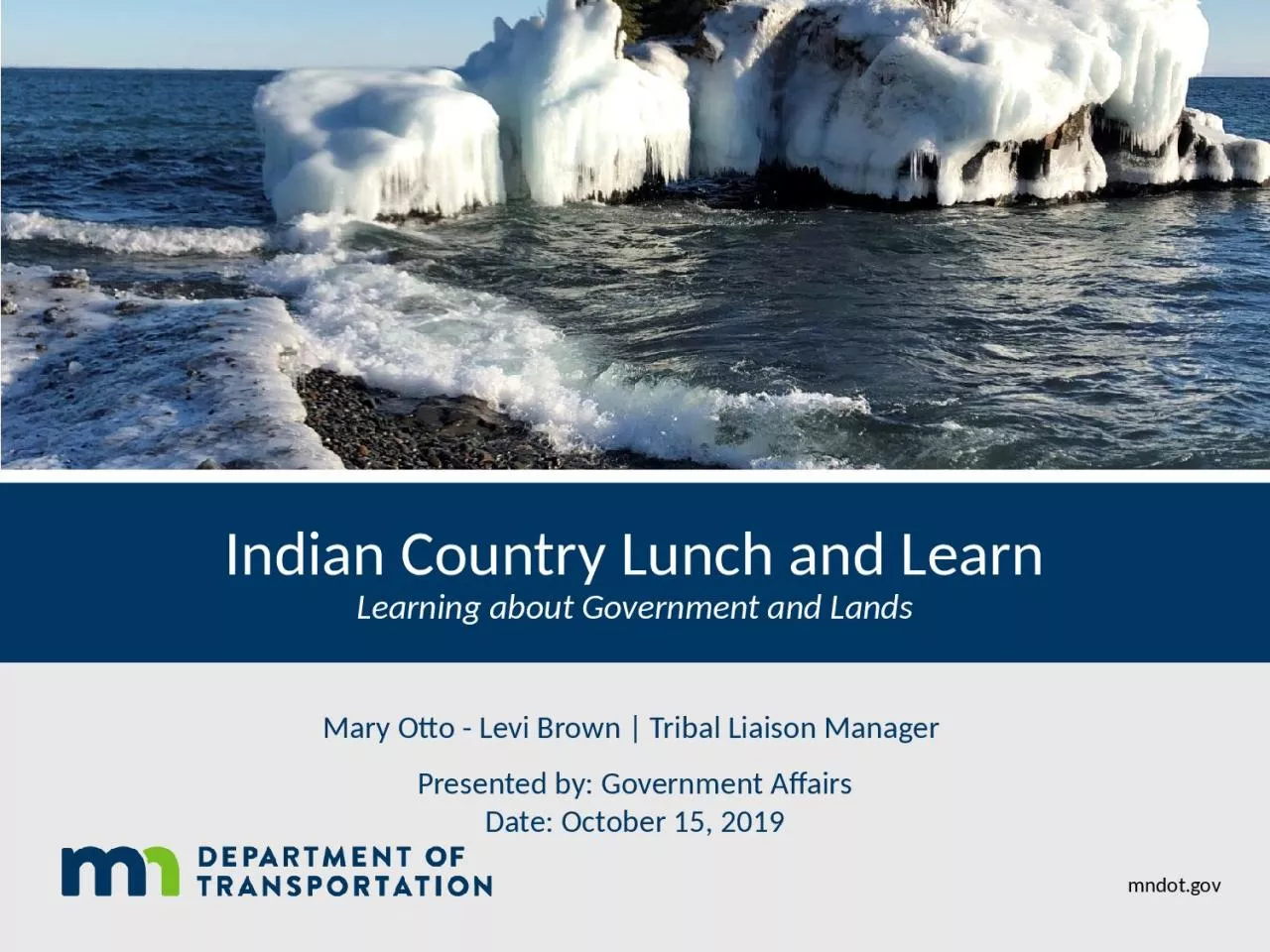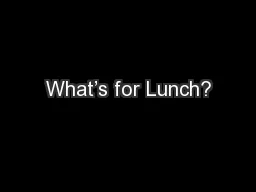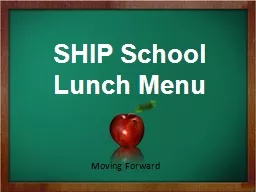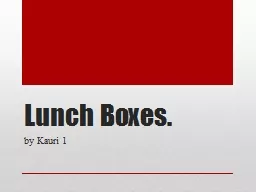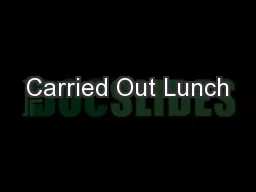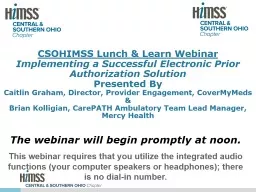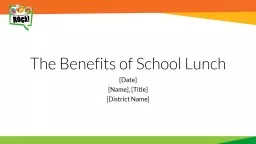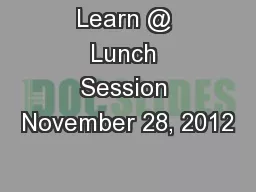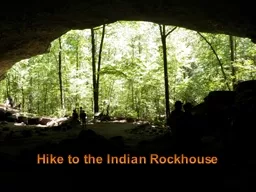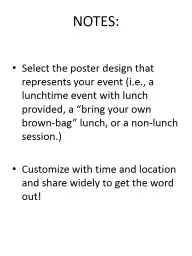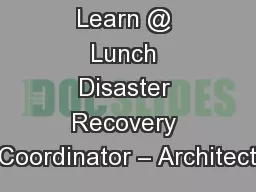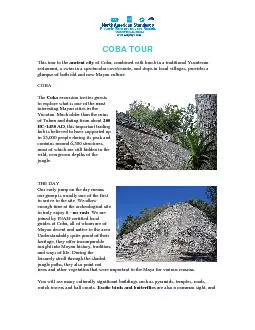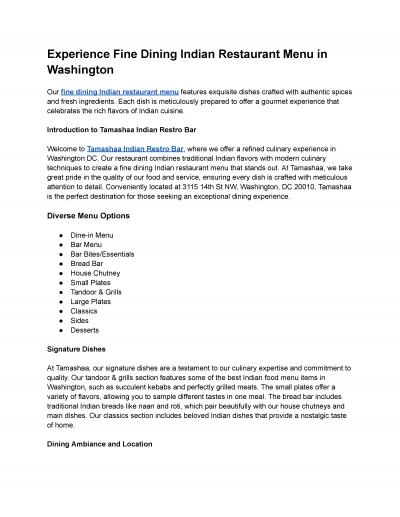PPT-Indian Country Lunch and Learn
Author : QueenBee | Published Date : 2022-08-04
Learning about Government and Lands Mary Otto Levi Brown Tribal Liaison Manager Presented by Government Affairs Date October 15 2019 mndotgov Tribal Governments
Presentation Embed Code
Download Presentation
Download Presentation The PPT/PDF document "Indian Country Lunch and Learn" is the property of its rightful owner. Permission is granted to download and print the materials on this website for personal, non-commercial use only, and to display it on your personal computer provided you do not modify the materials and that you retain all copyright notices contained in the materials. By downloading content from our website, you accept the terms of this agreement.
Indian Country Lunch and Learn: Transcript
Download Rules Of Document
"Indian Country Lunch and Learn"The content belongs to its owner. You may download and print it for personal use, without modification, and keep all copyright notices. By downloading, you agree to these terms.
Related Documents

